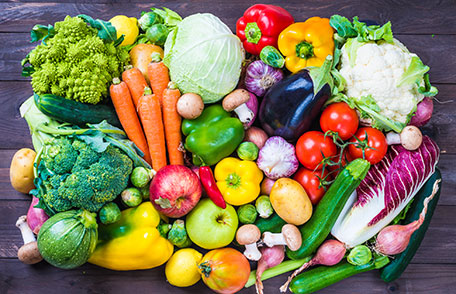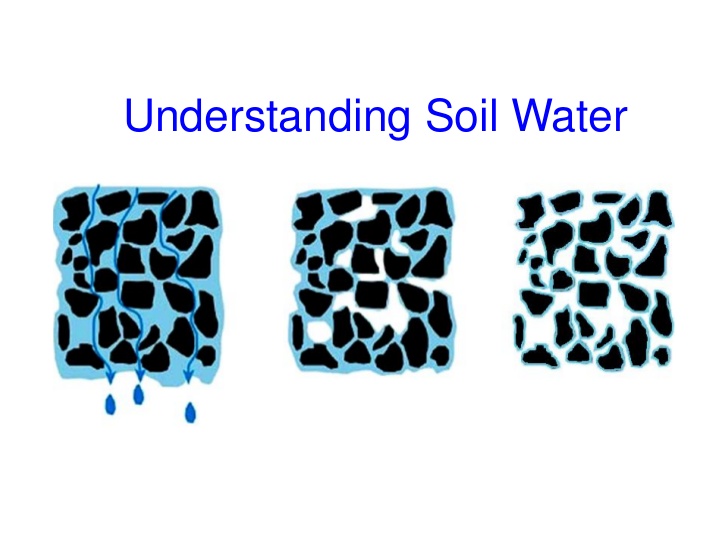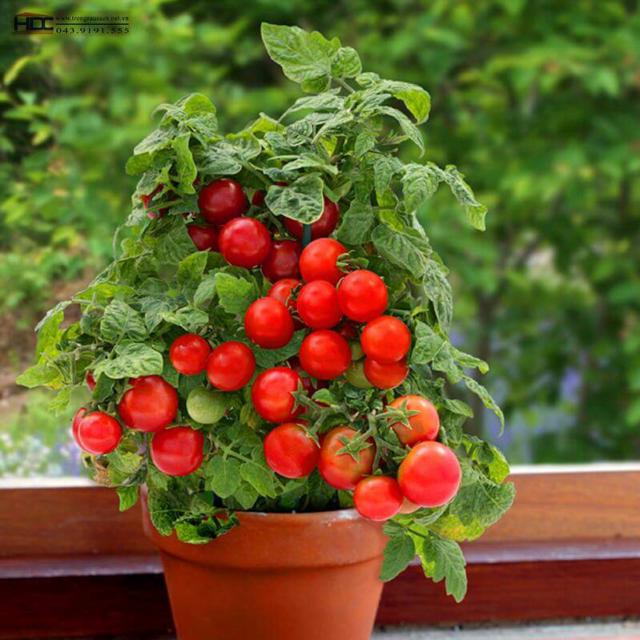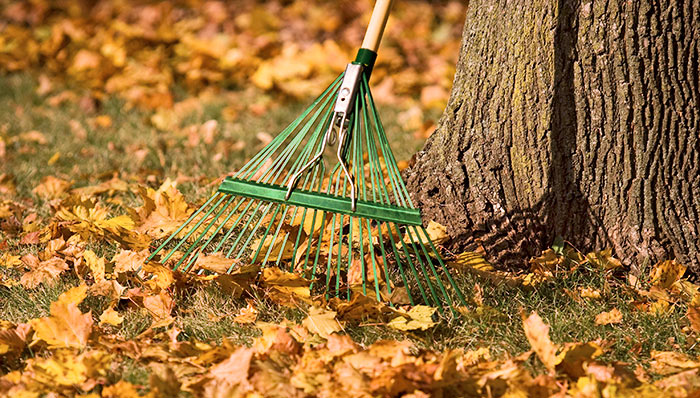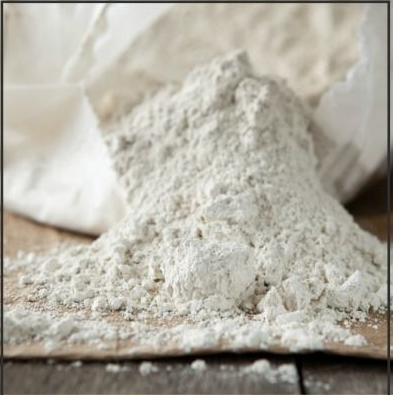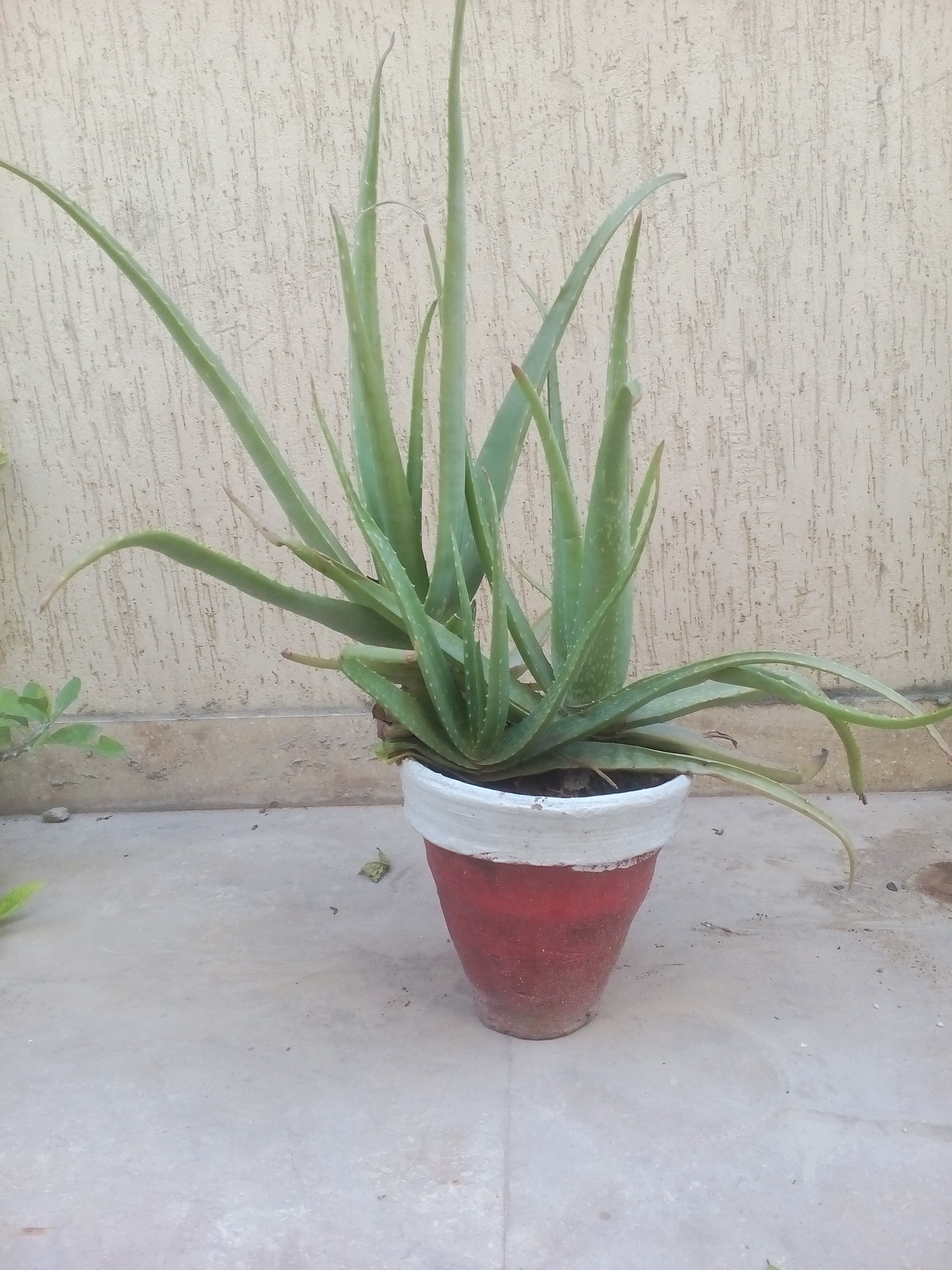Introduction
Vegetable growing in your kitchen garden is fun. Best time is when you harvest your crop. You feel satisfaction while providing healthy and nutritious meals to your family at the dining table. However, to get optimum output from the limited space in urban gardens, time of sowing vegetable seed is of utmost importance. One of the biggest issues faced by the vegetable gardeners is the lack of access to the knowledge bank regarding perfect time of vegetable seed sowing. Sowing time is critical and window is narrow. So it is important to have a vegetable seed sowing planner with every kitchen gardener in his gardening kit so that the dates never miss.
Select you Region
The globe is divided into two parts; the Northern and hemisphere and Southern Hemisphere. Further, these hemispheres are divided into three parts.
- Cold Region
- Tropical/Sub-tropical Region
- Temperate Region
Now the time of sowing seeds in these regions of two hemispheres is entirely different and in some cases opposite to one another. Most of the gardening websites on the internet just provide guides on how to grow vegetables. Even some mention the months of sowing and harvesting. But the thing is, September may be perfect to grow Asparagus in Tropical/Sub-tropical regions of Southern Hemisphere but it is not good time to sow seeds of Asparagus in Tropical/Sub-tropical regions of Northern Hemisphere. The climate is different in two hemispheres and so is the growing season.
This article is going to provide an access to my readers with the 25 top and easy to grow vegetables in vegetable garden of their urban gardening system in one article. The time period to harvest each vegetable is also mentioned against each vegetable in the planner so that you can adjust your vegetable growing calendar accordingly.
Defining Cold, Tropical/Sub-tropical and Temperate Regions
Cold Region:The word Cold varies a lot among various countries. However, a Cold Region is characterized by freezing temperatures during winter. These regions have very short vegetative period.
Tropical/Sub-tropical Region:In tropical, temperature is high throughout the year and there is a marked ‘rainy’ and ‘dry’ season. In sub-tropical areas, weather has varied pattern. Winter is cooler somehow but frost and snow is rare and only occurs in mountainous areas.
Temperate Region:Temperate season also vary a lot among areas. However, the summer temperature is higher than other seasons but there is no snow during winter. Frost may occur during winter.
Few Advises before Growing Veggies in Urban Garden
Advantages of Growing Vegetables from Seeds
Before heading towards the planner, I know some are thinking why don’t we simply go to the nursery and buy vegetable transplants to grow vegetables in kitchen garden? To answer this, I have four reasons.
- Growing vegetables from seed allows you to grow number of varieties in limited space of your urban garden
- Seeds are cheaper than transplants.
- Growing vegetable from seed allows you to have confidence on the quality of vegetable you are growing.
- Level of happiness and satisfaction is more in growing vegetables from seeds.
Avoid Application of Fertilizer
If you are growing vegetable from seeds, I will strongly recommend not adding any kid of synthetic fertilizer to boost vegetable plant growth. If you are working hard to grow your own veggies in kitchen garden, then don’t waste your efforts by adding fertilizer. Only use compost. You can buy compost from online stores or make your own compost pile at home using organic wastes.
Sample Download
Vegetable Planner for Temperate Regions of Northern Hemisphere Download
[emaillocker id=”678″]
Vegetable Planner for Temperate Regions of Southern Hemisphere Download
Vegetable Planner for Temperate Regions of Northern Hemisphere Download
Vegetable Planner for Tropical/Sub-tropical Regions of Southern Hemisphere Download
Vegetable Planner for Tropical/Sub-tropical Regions of Northern Hemisphere Download
[/emaillocker]
Cite this article in APA style as:
[box type=”note” align=”aligncenter” ]Rahman, M. A. (2017, September 14). Vegetable Seed Sowing Planners for Northern and Southern Hemisphere [Blog Post]. Retrieved from http://aridagriculture.com/2017/09/14/vegetable-seed-sowing-planners-for-northern-and-southern-hemisphere/[/box]
